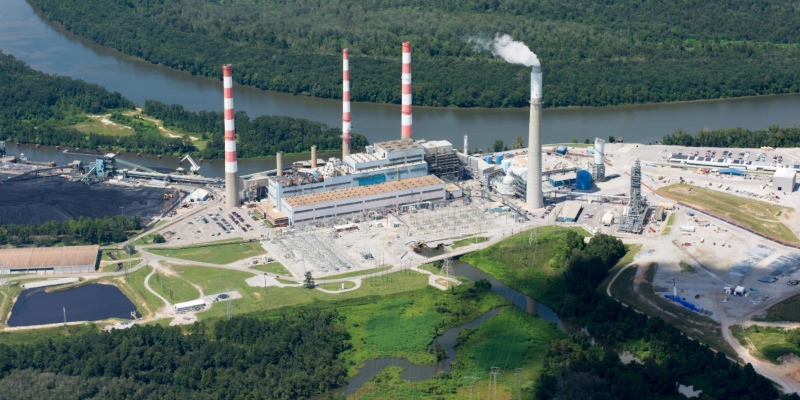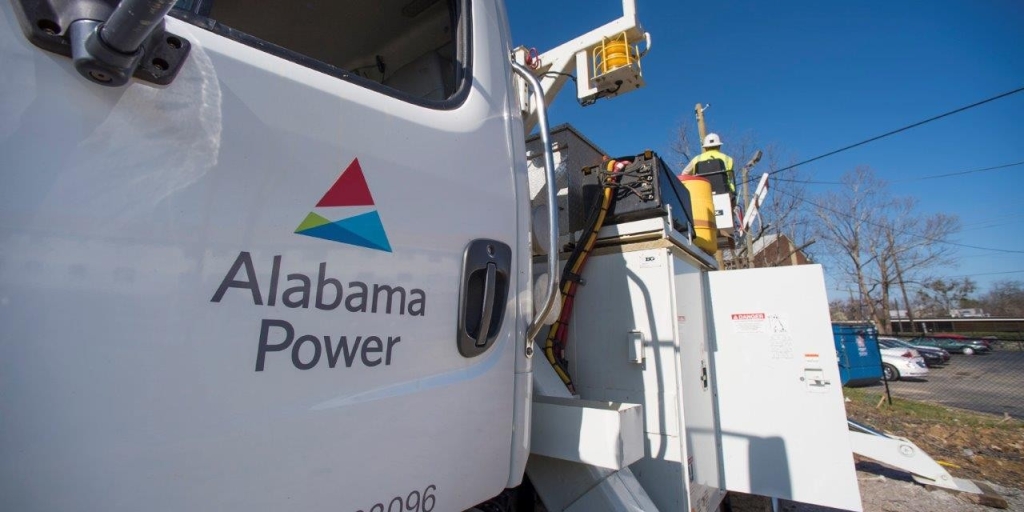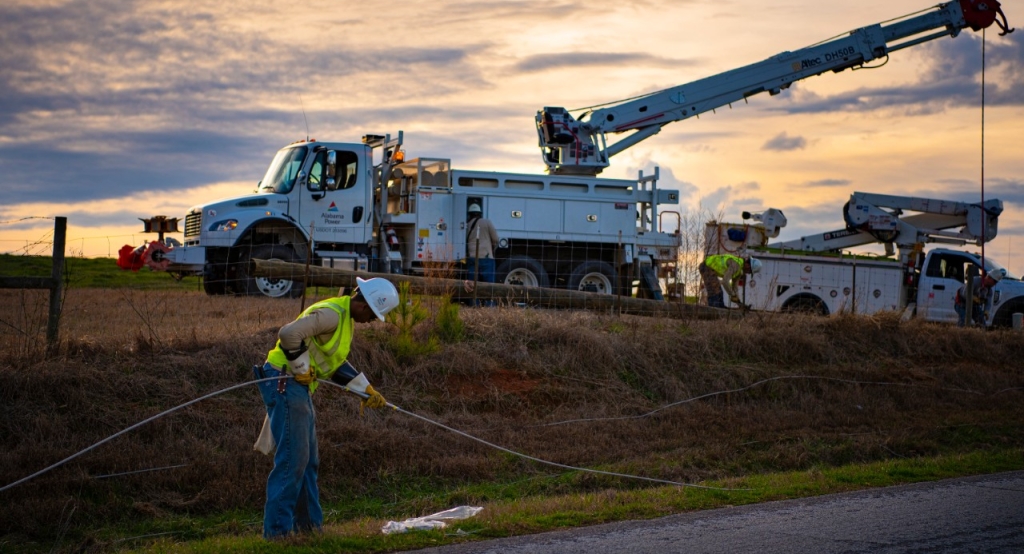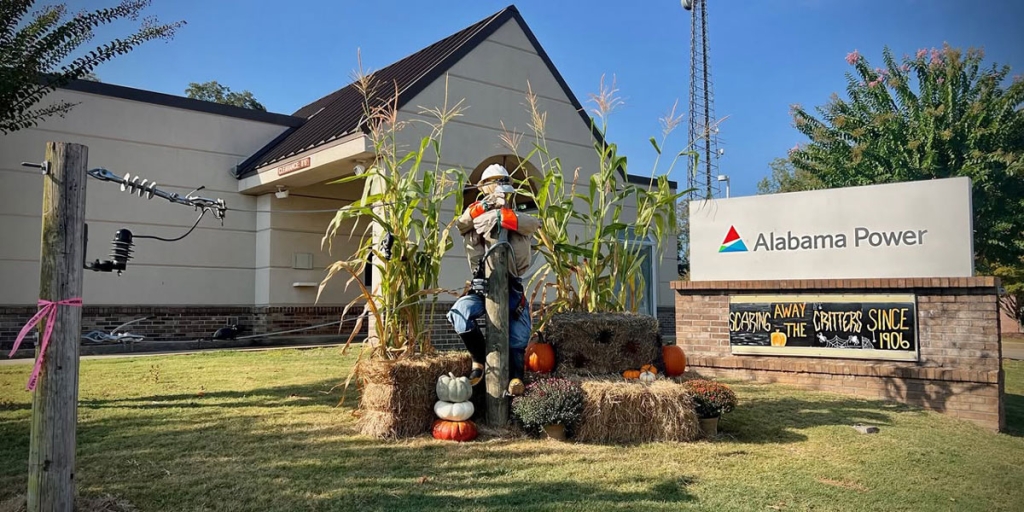The Energy Institute of Alabama on Monday announced the release of a series of eight independent studies that advise that coal ash storage sites across Alabama can be safely and effectively closed in place in full accordance with federal and state regulations.
The studies were conducted by Tuscaloosa-based P.E. LaMoreaux & Associates, Inc. (PELA GeoEnvironmental) and overseen by the firm’s vice president of Environment and Ecology, Lois D. George. She is a certified professional geologist, certified energy auditor and a well-regarded expert in the field of hydrogeology with over 40 years of professional experience.
Under federal rules administered by the Environmental Protection Agency (EPA), the operators of coal ash storage sites — including the Tennessee Valley Authority (TVA), Alabama Power Company and PowerSouth Energy Cooperative — must close existing sites by one of two methods: leaving the ash in place with a final cover system or removing the ash and relocating it to another location.
The Alabama Department of Environmental Management (ADEM) is currently reviewing applications to close a number of coal ash storage sites by closure in place. As a part of this meticulous process, ADEM on Tuesday evening will host a public hearing on such an application for Plant Barry, a power plant in Mobile County at which Alabama Power has operated a coal ash storage site since 1965.
“It’s important for the public and lawmakers to understand that closing in place is a legal and safe approach for dealing with coal ash,” stated Energy Institute of Alabama executive director Blake Hardwich. “And while opponents of closure in place have tried to depict this approach as illegal and uncommon, more than half of all coal ash in the South is being closed safely in place, rather than being trucked through and to other communities and compounding other environment issues. This recent, independent study clearly shows that plans to close in place are safe and technically sound and effective.”
While every coal ash site is unique, applications to close in place commonly involve removing and treating existing water within the site; reducing the site’s footprint to move it further from bodies of water such as nearby rivers; enhancing flood protection and strengthening other protective systems; covering the site with a multi-layer, impermeable cap; and implementing an aggressive post-closure, 30-year program of monitoring, inspection, maintenance, record keeping and reporting to ensure the safety of the local environment and surrounding water sources.
For example, Alabama Power’s application for Plant Barry involves consolidating the current coal ash site by reducing the ash footprint from 600 acres to 300 acres. These actions move the site farther from the Mobile River. A secondary 22-foot dike will be built higher than any Mobile River crest ever recorded. A separate hydrology report shows that even a 500-year flood with an additional five-feet of storm surge showed no impact on Plant Barry or its ash pond.
Yellowhammer News reviewed George’s recent studies, including the one regarding Plant Barry.
That study concluded: “The multi-component closure plan for the Plant Barry ash pond is comprehensive and robust and includes both physical and hydraulic engineered technologies to create source containment, and redundant safety features and flood protection that have been designed to rigorously comply with and achieve the closure in place regulatory requirement.”
“Once executed, this comprehensive and robust closure program will establish containment of the coal ash material and redundant safety and environmental protection controls,” George added in a statement.
ADEM’s public hearings on other storage sites will follow. Alabama Power last year also voluntarily held public meetings regarding its closure plans in the communities that contain coal ash storage sites.
“The independent studies are very clear that Alabama’s power providers don’t have to truck millions of tons of coal ash to other, yet unnamed communities to ensure public health and safety,” concluded Hardwich. “The technology and engineering exists to seal this material right where it is in a way that is environmentally responsible.”
Sean Ross is the editor of Yellowhammer News. You can follow him on Twitter @sean_yhn













